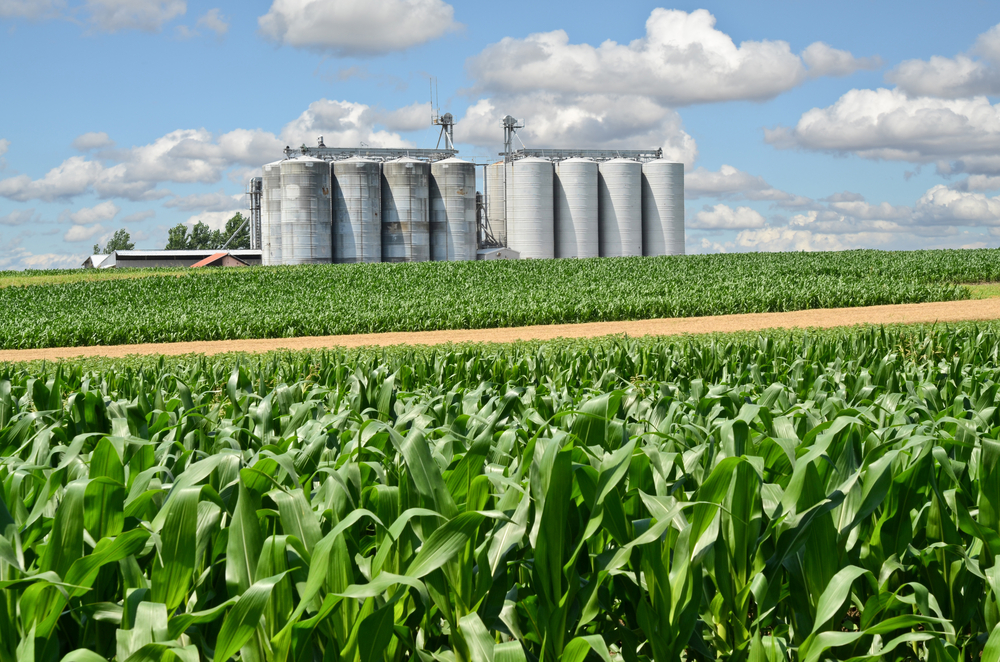Search
Explosions Associated with Ethanol Production

URGENT NEWS ALERT – EXPLOSION IN SPAIN
There was a massive explosion at an ethylene plant in Spain last week, read more…
The Independent Newspaper in UK is reporting the fire brigade as saying, “We continue to extinguish the fire of the ethylene oxide tank, cooling the neighboring tanks where there are also chemicals, and inspecting the whole premises to rule out more people being affected,” read more…
Would you be surprised to learn that there have been over 20 explosions/fires associated with the production of ethanol over the past 10 years?
One such explosion and fire occurred in June of 2019 at a Biorefinery facility in Indiana.
“We got really lucky.” The local Fire Chief said. “A lot of the employees were at lunch at the time so there weren’t a lot of people back there.” The explosion, which hospitalized 2 truck drivers, took place during grain unloading (grain dust explosion). It was reported that damage to facilities was likely to be about $1m. [Ref. 1]
Bio-Ethanol production and distribution is big business, with over 200 registered refineries in the USA alone, mainly in the Midwest and Upper Midwest, producing billions of gallons of mainly denatured ethanol. One of the major feedstocks in bioethanol production is grain – which certainly participated (grain dust) in the Indiana explosion reported here.
In this article we look at explosions involving ethanol production and distribution. Let’s see how we can have fewer ethanol related explosions….
_____________________________________
Ethanol is a clean-burning renewable alcohol fuel commonly produced by conversion of the plentiful sugars/starches found in plants.
Most of the grain-ethanol produced today comes from the ‘dry milling’ process, and typically involves delivery of grain by road, silo storage, milling, cooking, fermentation, and on to distillation, denaturing and eventually tank storage of the ethanol. Distillers grains are a saleable co-product of the process. Of course, the ethanol, like the grain feed before it, then needs to be transported to market by road or rail.
Understanding the process flow in the production of ethanol immediately reveals where the opportunities for fire and explosion arise. We have combustible dusts at the feed stage – with dust confinement in bucket elevators, silos, mills, and dust collectors leading to dust explosion risk. We also have energetic ignition-source generating possibilities in pneumatic conveying and in milling. Grain dust is a ST-1 (explosible) dust which is capable of ignition/explosion initiation by potential ignition sources such as electrical spark, impact spark, electrostatic spark, and hot surface ignition (and more).
At the product end of the process, of course, we have ethanol, a flammable liquid which in its denatured form could have a flash point around 53°F (12°C) and a wide flammable range. Flammable ethanol vapors are readily formed during the production process and when moved on for storage and during transportation.
The grain dust explosion and fire that occurred in Indiana in June 2019 was a significant event. Firefighters arriving at the scene reported “extensive damage” in the area and requested help from neighbouring fire departments. Responders also called for an aerial truck which was ultimately not used.
Reports from various media sources were not conclusive about the source of the ignition that ultimately caused both the explosion and fire. We certainly know there was a fire in a dust collector serving the grain plant but as with many dust explosions, transmission of burning materials through plant often ends up in the dust collectors anyway. Furthermore, we are unlikely to learn more about the incident since the plant has now closed down.
Over the past 10 years the incidents associated with ethanol production have been many and varied. These have included:
Grain (dust) related incidents – Grain dust explosions / fires
- explosion at a grain elevator
- men opened the door of a grain grinder for maintenance; an explosion occurred.
- fire in a bag house caused by spontaneous combustion
- fire and explosion in a silo
- fire and explosion in corn dryer; natural gas explosion in the combustion chamber
- distilled grains dryer exploded; damaging the building.
Ethanol vapor incidents
- vapors back-up to a device housing a burner; vapors exploded
- tank holding 40,000 gallons of corn mash exploded
- distillery explosion throwing debris across road and shaking surrounding buildings.
- leak in ethanol pipeline
Ethanol transport related incidents
- Ethanol train accident with multiple car derailments that created massive fireballs
- release of ethanol during transport resulting in fatality
Process safety is the disciplined framework that provides the key for managing the integrity of operating systems and processes that handle all types of hazardous substances – including ethanol and grain. Preventing incidents of these types involves deployment of good process safety practices that will certainly include PHA’s (Process Hazard Analysis) and more specifically DHA’s (Dust Hazard Analysis) applied to the dusty parts of the operation. The Dust Hazard Analysis (DHA) is, of course, now mandated by NFPA 652 Standard on the Fundamentals of Combustible Dust.
All of the above incidents can be grouped by type as either technical failures, management system failures, or human failures. Process Hazard Analysis’ (PHA’s) and Dust Hazard Analysis’ (DHA’s) will help identify technical problems and safety solutions and management systems have to be well designed, rigorously implemented and audited to remain effective, and human failures have to be addressed through leadership, culture, and training.
Any company can become capable of addressing the technical, management system, and human factors of process safety. But they often bring in 3rd party expertise and experience to help fill gaps in in-house experience and knowledge.
If you are interested in learning more about our approach to helping companies evaluate and control their process safety risk, please check-out the following links or call us for a complementary discussion on how we can best assist your organization.
Process Hazard Analysis (PHA)
Dust Hazard Analysis (DHA)
Organizational Process Safety Competence
Ref. 1: https://www.bannergraphic.com/story/2617001.html

Get in touch
To learn more about our expertise and services in dust explosion prevention & mitigation, call us at +1 609 455 0001 or email us at [email protected] today.
We also offer tailored virtual and in-company process safety training programs on Dust Explosions, Static Electricity and HAC (Hazardous Area Classification) and more. Find further information here.









